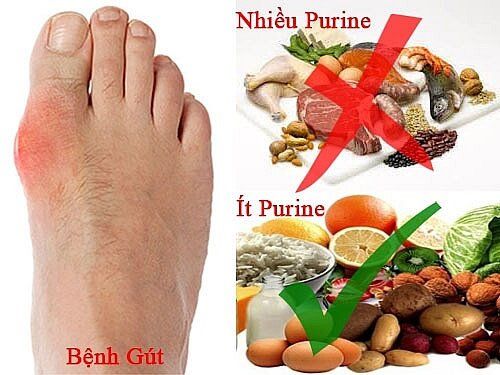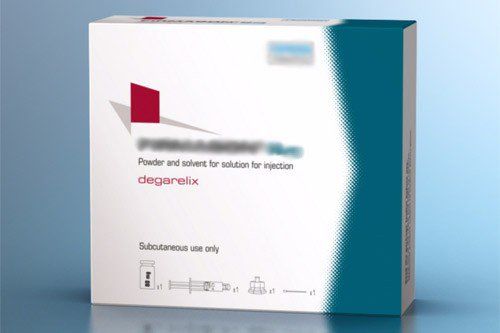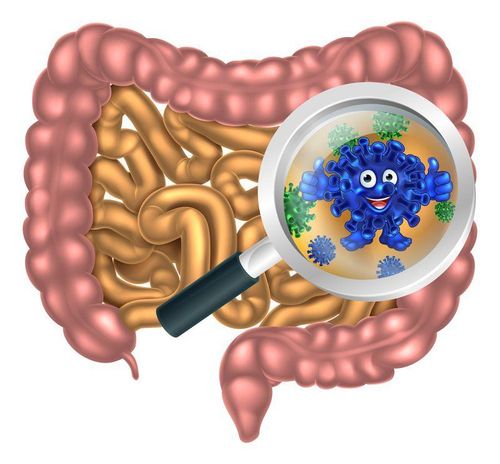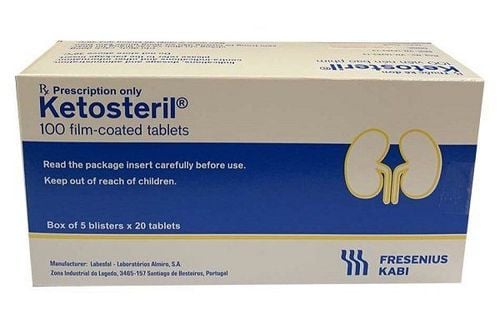This is an automatically translated article.
Purine metabolism disorders and hyperuricemia are factors that increase the risk of gout and many other serious diseases such as hypertension, heart failure, stroke, coronary artery disease, chronic kidney disease, ..
.
1. Related concepts
1.1 What are Purines? Purines are heterocyclic organic compounds found in many foods and beverages in high or low concentrations. In the human body, purines are divided into 2 types:
Endogenous purines: The result of the metabolism of nucleic acids in the body. To put it simply, endogenous purines are formed inside the human body; Exogenous purines: are purines that are brought from the outside into the body through daily eating. All foods and drinks consumed in the body contain purines in high or low concentrations. Depending on the individual's diet, exogenous purines can be low or high.

Purin
1.2 Relationship between purine metabolism and uric acid The function of purine is closely related to uric acid. When purines are metabolized in the body, uric acid is produced. This acid has the function of stimulating the brain to help the brain work more efficiently. Besides, uric acid also acts as an antioxidant for the body.
Uric acid is a weak acid, usually ionized to a soluble urate salt in the blood plasma, which exists as the urate salt. The total amount of uric acid in the body is about 1200mg in men and 600mg in women. Uric acid is eliminated mainly by the kidneys (70%). The excretion of uric acid in the kidney is affected by many factors such as genetic factors, pathology of metabolic syndrome, use of drugs affecting kidney function, kidney failure. The remaining 30% of uric acid is excreted through the digestive tract.
Mean blood uric acid concentration in men is 5.1 ± 1.0 mg/dl (420 μmol/L), in women 4.0 ± 1 mg/dl (360 μmol/L). If the uric acid level exceeds the upper limit, it is called hyperuricemia.
2. Causes of hyperuricemia
Some causes of hyperacidity include:Increased synthesis of uric acid in the blood: Congenital deficiency of the enzyme hypoxanthine phosphoribosyltransferase or increased activity of the enzyme phosphoribosyl - pyrophosphate synthetase; Eating too many foods containing purines; Increased regeneration of nucleotides; Glycogen storage disease, severe myopathy,...;
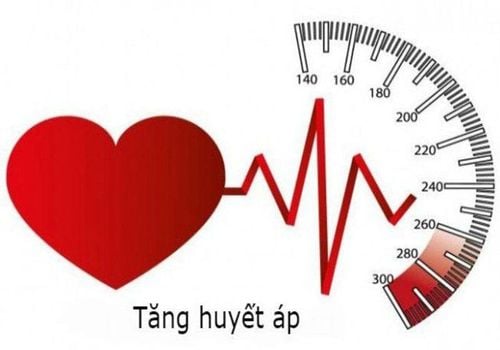
Tăng huyết áp có thể làm giảm bài xuất axit uric
Decreased uric acid excretion: Renal failure: Due to inhibition of urate secretion in the renal tubules or increased urate reabsorption in the renal tubules; High blood pressure leads to hyperparathyroidism; Increased insulin resistance; Use of certain drugs that increase blood uric acid; Kidney disease caused by lead poisoning; Combination to increase synthesis and decrease uric acid excretion: Due to drinking alcohol: Often drinking alcohol with eating foods rich in purine should increase uric acid in the body (due to purines from food and alcohol); Alcohol limits the excretion of urate in the urine, retains the purines of food, increases uric acid in the blood.
3. Consequences of hyperuricemia
Hyperuricemia increases the risk of some of the following diseases:
Atherosclerosis and myocardial infarction: Hyperuricemia is directly related to atherosclerosis, increasing the risk of coronary artery disease. coronary artery disease. Patients with metabolic syndrome with hyperuricemia have an increased risk of myocardial infarction and sudden cardiac death; High blood pressure and risk of stroke: Uric acid constricts the endothelial cells of blood vessels, activates hormones that balance blood pressure and extracellular fluid in the human body, thereby increasing the risk of high blood pressure. and stroke ; Type 2 diabetes: This is a disease often accompanied by increased uric acid; Chronic kidney disease: Hyperuricemia and chronic kidney disease have an interaction. Specifically, high levels of uric acid in the blood reduce kidney function and when kidney function is reduced, the ability to eliminate uric acid is less; Gout is the most common disease caused by purine metabolism disorders leading to hyperuricemia. Manifestations of the disease are sudden, severe pain in the joints, progressing to chronic, causing deformity, loss of joint function, accompanied by many related diseases such as chronic kidney disease, dyslipidemia, heart-related diseaes,...; Osteoarthritis: Uric acid tends to increase with age, promoting cartilage degeneration.
4. How to control hyperuricemia?

Thay đổi chế độ ăn uống, sinh hoạt để kiểm soát tăng axit uric máu
Hyperuricemia due to purine metabolism disorders is directly related to the above serious diseases. Therefore, it is necessary to have comprehensive and effective measures to control hyperuricemia. The appropriate treatment will include: Change in diet, activity, reasonable exercise and use of drugs.
4.1 Treatment goals The goal of treatment is to reduce and control uric acid, bring uric acid to a level of 360μmol/L for all patients and less than 300μmol/L for patients with urate crystal deposition in other areas. tissue or have chronic kidney disease. Bringing and maintaining uric acid in the blood to the target level helps control related diseases such as gout, chronic kidney disease, cardiovascular disease, etc., and at the same time prevents serious complications of diseases in joints and other diseases. other organs, helping to improve the patient's quality of life.
4.2 Change diet and activities to control hyperuricemia Limit the use of beer, alcohol, animal viscera, red meat (cow, buffalo, goat, dog) seafood, mushrooms, beans, tea thick, pepper, chili,...; Eat lots of green vegetables and ripe fruits; Drink plenty of water: 2-4 liters of water/day; Lose weight if overweight, obese: By maintaining a healthy diet and increasing physical activity; Increase the use of some foods with little or no purines: Celery, cauliflower, cucumber, eggplant, broccoli, cabbage, radish, potato, watermelon, pumpkin, zucchini, red beans , apples, pears, grapes, cow's milk,... 4.3 Using drugs to control hyperuricemia xanthin oxidase inhibitors: Allopurinol and febuxostat; Drugs that enhance uric acid excretion; Drugs that destroy uric acid; Biologic drugs against IL 1β: Have strong anti-inflammatory properties, control acute gout attacks resistant to conventional treatments. Purine metabolism disorder is closely associated with hyperuricemia, increasing the risk of gout, dyslipidemia, obesity, diabetes, hypertension, chronic kidney disease, coronary artery disease, ... Similar to other metabolic diseases, this condition can be controlled by changing diet, lifestyle and long-term use of drugs that reduce blood uric acid.
Periodic health check-ups help to detect diseases early, so that there are treatment plans for optimal results. Currently, Vinmec International General Hospital has general health checkup packages suitable for each age, gender and individual needs of customers with a reasonable price policy.
The patient's examination results will be returned to the home. After receiving the results of the general health examination, if you detect diseases that require intensive examination and treatment, you can use services from other specialties at the Hospital with quality treatment and services. outstanding customer service.
Please dial HOTLINE for more information or register for an appointment HERE. Download MyVinmec app to make appointments faster and to manage your bookings easily.




